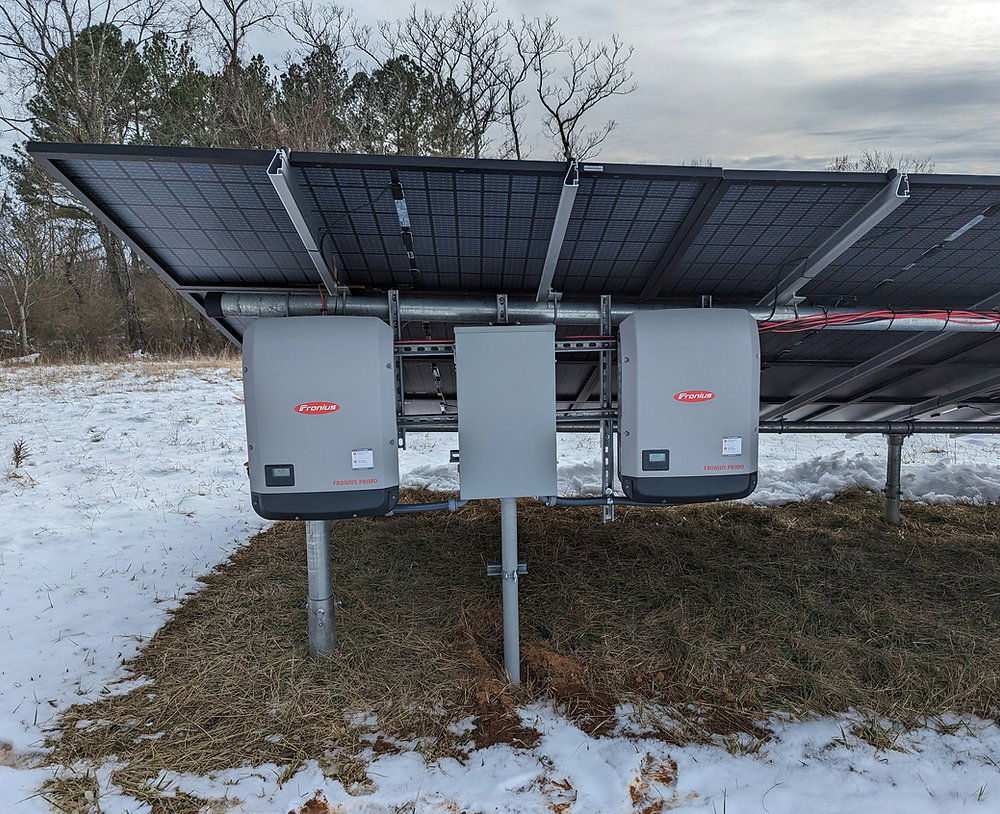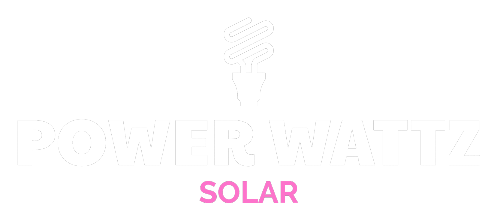
When most people picture Europe’s solar surge, they see the glittering glass of photovoltaic panels. What they rarely notice is the shoe-box-sized brain that makes those panels useful: the inverter.
This device converts the panels’ direct-current output into the alternating current Europe’s grid expects, keeps voltage in check, and increasingly doubles as a tiny Internet-connected computer.
Over the past decade, inverters from Chinese brands—Huawei, Sungrow, Growatt, Solis, Hoymiles, and a dozen smaller players—have slipped quietly into European garages, utility rooms, and substation cabins.
They now sit behind a majority of the continent’s new rooftop arrays, paying little heed to national borders or concerns about strategic dependency. Their rise is a story of price, performance, convenience, and a regulatory lag that may soon catch up with installers and homeowners alike, according to elprisidag.se.

A market conquered in five years
Wind the clock back to 2018, and SMA still dominated Germany’s residential market in Kassel and Fronius across the Austrian border. Delta (Taiwan) and ABB’s Italian arm filled out the premium end.
Chinese brands, while already strong in Asia and Africa, were viewed by European installers as “budget bets” best avoided on warranty grounds.
Then three things happened in quick succession:
-
Component price collapse. High-efficiency silicon cells flooded in from Yangtze River factories, pulling panel prices down by 60 percent in three years. Western inverter makers could not match the cost curve; Chinese competitors already sourced the same power electronics domestically and shaved margins to single digits.
-
Smart-home fever. Homeowners wanted apps that showed live production, battery state of charge, and even the cost of a kettle boil. Chinese firms shipped inverters with Wi-Fi modules and slick phone dashboards as standard. European incumbents charged extra for a data logger.
-
Tariff uncertainty and the pandemic scramble. U.S.–China trade tension pushed surplus products toward Europe just as COVID-19 stimulus money and rising household power bills made rooftop PV a middle-class must-have. Installers who could not get stock from German warehouses found 40-foot containers of Chinese inverters arriving in Rotterdam every fortnight.
According to Wood Mackenzie, by 2023, Huawei and Sungrow together accounted for roughly one in three residential units sold in Germany, Spain, and Italy. In Poland and Hungary, their combined share exceeded 60 percent. Price mattered—Chinese boxes undercut European competitors by 15–25 percent—but so did sheer availability.
Strengths nobody disputes
Speak to an installer from Malmö to Málaga and you hear a grudging respect for the hardware. The latest hybrid units boast 97–98 percent conversion efficiency and multi-MPP trackers that harvest energy from each roof plane independently. Reliability, once the soft underbelly of cheap imports, has improved markedly: failure rates reported by German wholesalers have fallen to low single digits, on par with long-established brands.
Firmware is updated over the air, meaning an early adopter in Lyon who bought a five-kilowatt unit in 2021 now enjoys advanced battery-charge scheduling that simply did not exist at purchase. Try that with a ten-year-old Austrian string inverter.
The security time bomb
Yet the very features that make these inverters attractive—remote updates, cloud analytics, integration with home-assistant platforms—also open doors that European regulation has so far barely addressed.
Elpris Idag says that in late 2024, a Lithuanian utility researcher disclosed that a popular seven-kilowatt Chinese model contained an LTE modem not documented in the manual. The modem’s SIM connected to a server in Shenzhen, tunnelling through whatever firewall the installer had set up.
Independent labs in France and the Netherlands quickly reproduced the finding in two other brands, though they stopped short of labelling the behaviour malicious. Still, the message was clear: Europe has no systematic way to audit the digital guts of equipment that now sits behind perhaps 25 gigawatts of rooftop capacity.
Sweden’s Electrical Safety Agency has banned individual inverter batches on electromagnetic-emission grounds, but only after importers had already logged thousands of sales.
Cybersecurity testing is due to become mandatory under a European Commission delegated act to the Radio Equipment Directive, yet enforcement will not start until August 2025. By then, another four gigawatts of Chinese-controlled PV is likely to be wired into European homes.
Grid operators are uneasy. Modern inverters participate in frequency regulation; in a disturbance, they can be commanded to inject or absorb reactive power in milliseconds. A coordinated shutdown—whether triggered by malware or by a borked firmware update—could remove hundreds of megawatts of “virtual inertia” from the system.
That is not a far-fetched scenario: in 2021, a routine software patch knocked almost a quarter of South Australia’s rooftop fleet offline for hours. Those inverters were not Chinese, but the incident proved the concept.
Law and policy are scrambling to catch up
Europe’s legal toolkit looks fragmented. The forthcoming Cyber-Resilience Act will push manufacturers to disclose a software bill of materials and to patch vulnerabilities throughout a product’s lifecycle. NIS-2 obliges energy operators to report cyber incidents and maintain risk management plans.
But rooftop solar often sits below the regulatory horizon: a three-kilowatt array feeding a village low-voltage feeder is unlikely to trigger NIS-2 thresholds, yet a thousand such arrays compromised together could cause real harm.
National governments are responding piecemeal. Lithuania has banned high-risk vendors from supplying inverters to critical-infrastructure sites.
Italy’s energy regulator now requires new rooftop systems above six kilowatts to be remotely curtailable only via Italian servers. Germany is funding a Fraunhofer project to develop an open-source “gatekeeper” that would stand between foreign inverters and the public cloud.
Whether these measures close the gap in time is another matter. Solar installations are growing faster than the rule book.

What can installers and homeowners do today?
Until Brussels and national capitals produce a unified response, responsibility shifts to the people buying and fitting the hardware.
-
Demand a local dashboard option. Good installers can configure the inverter to talk only to a customer’s LAN, forwarding data to the cloud through a customer-controlled gateway.
-
Change the default passwords. It sounds basic, yet audits still find units left with factory logins that can be scraped from PDF manuals.
-
Isolate the PV VLAN. Keeping inverter traffic off the household’s main Wi-Fi—ideally on a separate physical switch—limits the blast radius if someone compromises a cloud portal.
-
Keep the firmware file. Some vendors allow users to download the current firmware image. Storing it offline gives a fallback if a later push goes wrong.
None of these steps neutralise a determined adversary, but they raise the bar above “easy target”.
A delicate balance
Chinese inverters helped Europe decarbonise faster and cheaper than most analysts predicted a decade ago. They are efficient, feature-rich, and—so far—largely reliable. But the same devices now form a dense, Internet-connected layer between millions of rooftop cells and the grid’s beating heart.
The quieter they remain, the easier they are to forget—until, perhaps, a suddenly dark neighbourhood reminds everyone how important that little grey box is.
Europe’s task is not to retreat from global supply chains, but to make sure the rules and the testing labs keep pace with the silicon.
Source link

